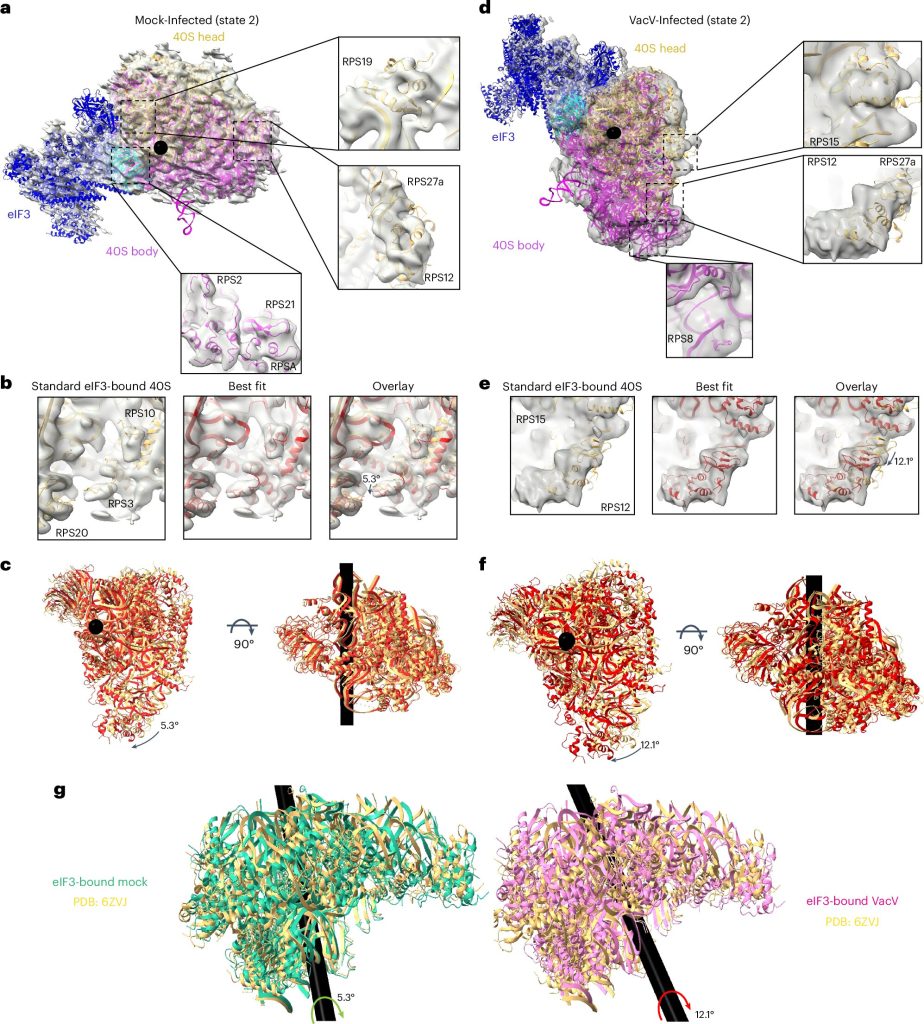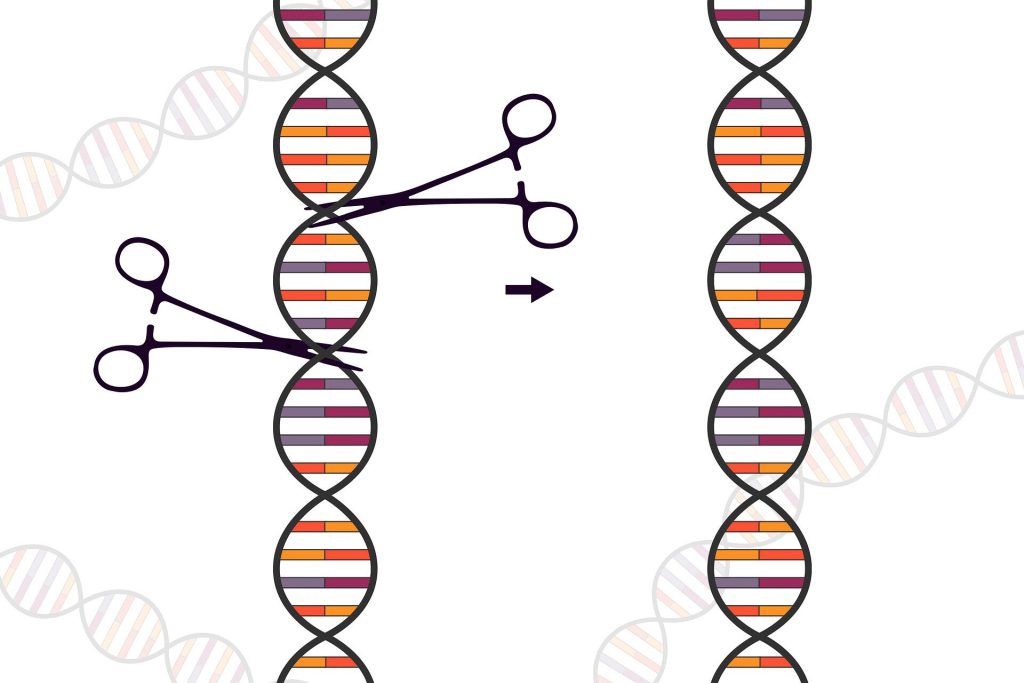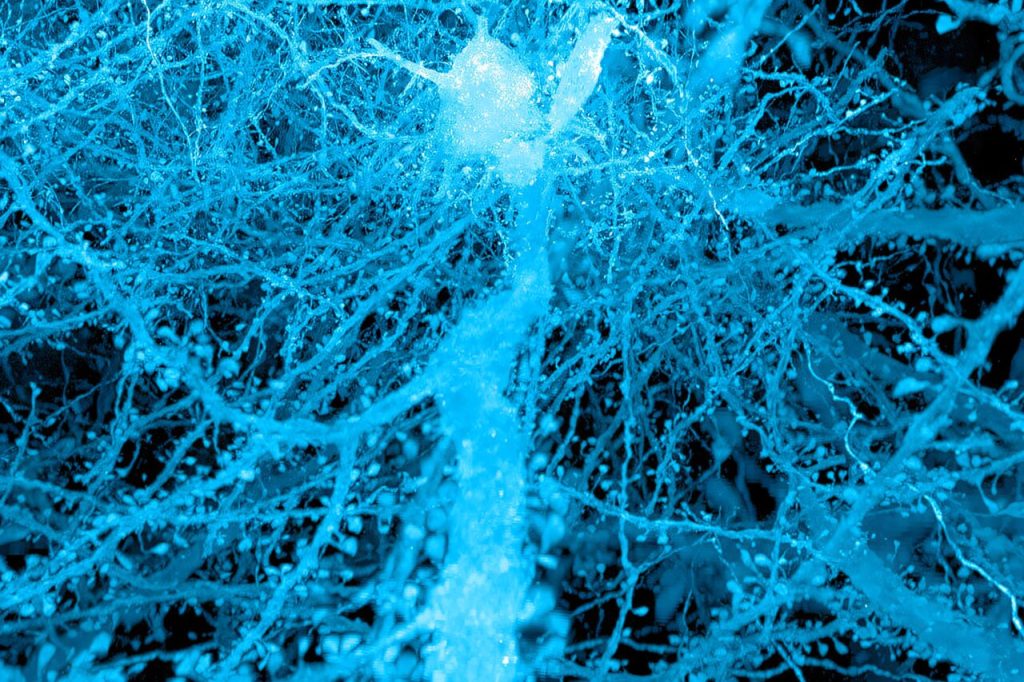In a heartwarming stride towards advancing life-saving research, scientists from Toyohashi University of Technology and international partners have made a delightful breakthrough in microfluidic technology. This new innovation not only enhances the safety of cell studies but also simplifies the process of creating precise concentration gradients, all thanks to a clever use of low-viscosity silicone oil.
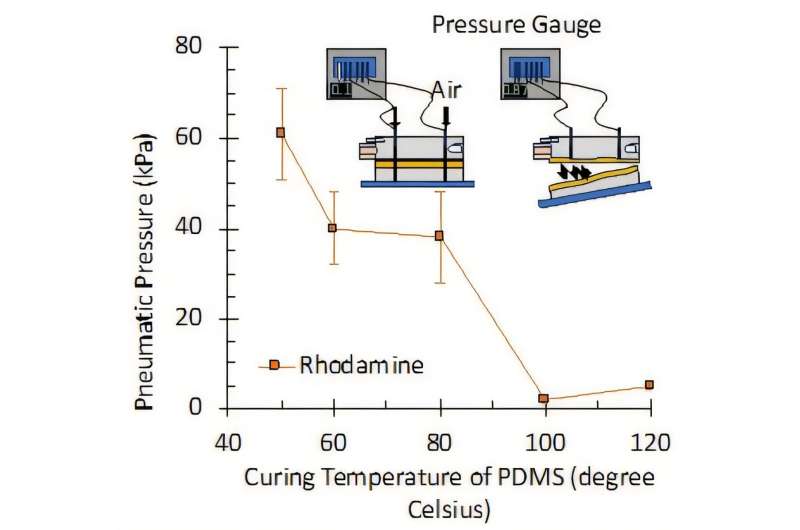
At the core of this breakthrough is the creation of the “PDMS SlipChip,” a remarkable microfluidic device. This technology allows for remarkable precision in manipulating minuscule liquid amounts—perfect for groundbreaking cell studies. By fine-tuning the oil used in the devices and adapting the fabrication process, this innovative team has opened new doors for researchers everywhere.
The findings were recently published in Micromachines, revealing their efforts to overcome challenges like channel clogging and cell safety, which have historically plagued cell-based experiments. Microfluidic SlipChips are ingeniously designed to mix different solutions and create concentration gradients, which is instrumental for testing cellular responses to medications while using minimal samples.
PDMS, a flexible and biocompatible silicone, has been a favored material for creating SlipChips. The artistry lies in achieving the right balance between “slip” and “seal” to maintain the integrity of the device while ensuring cells thrive during experiments.
Historically, thicker oils were used to guarantee seals, but these often led to blockages that could harm sensitive cells. By contrast, lower-viscosity oils were less likely to clog but couldn’t provide adequate sealing. The researchers struck gold with their discovery involving a low-viscosity silicone oil paired with optimized curing methods.
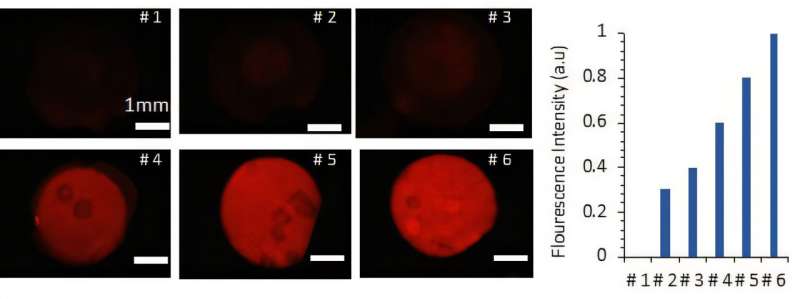
Led by Professor Moeto Nagai, the team made a significant breakthrough with a two-step curing method. By adjusting the temperatures of the top and bottom layers of the PDMS, they found a perfect balance that allowed for exceptional fluid movement without hindrance from leaks or blockages.
First author Rafia Inaam emphasized the importance of their findings, stating, “Curing PDMS in this way improves the adhesion between layers and optimizes the overall stiffness.” This innovation leads to reliable performance, allowing researchers to work with human osteosarcoma cells while maintaining high viability rates—amazing news for cellular experimentation!

Looking ahead, the team is eager to tap into the full potential of their optimized PDMS SlipChip. Future applications may include sophisticated investigations into how mammalian cells respond to varying drug concentrations directly on the chip, as well as exploring intriguing cell-to-cell dynamics. This work has the potential to revolutionize drug screening processes and enhance cell manipulation in regenerative medicine.
In essence, this groundbreaking discovery shines a bright light on the future of scientific research, bringing us closer to life-saving solutions and a deeper understanding of cellular behavior.
More information:
Rafia Inaam et al, PDMS SlipChip: Optimizing Sealing, Slipping, and Biocompatibility Using Low-Viscosity Silicone Oils, Micromachines (2025). DOI: 10.3390/mi16050525
If you would like to see similar science posts like this, click here & share this article with your friends!


